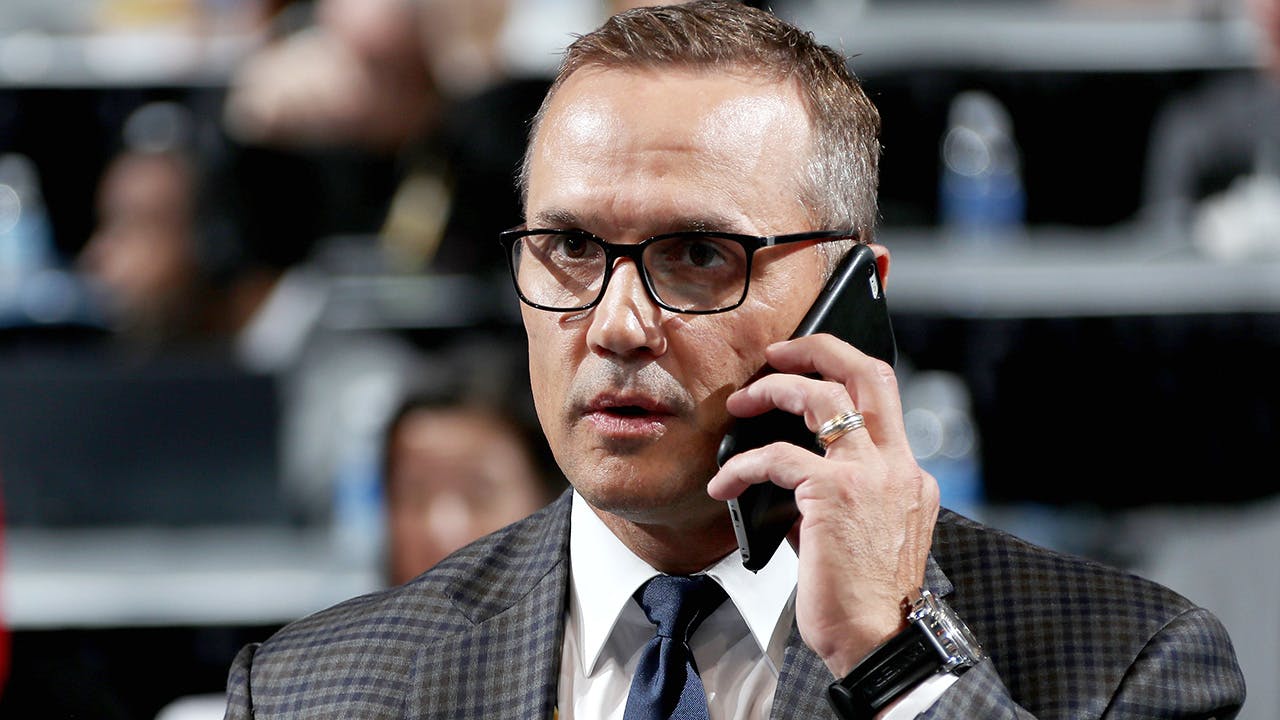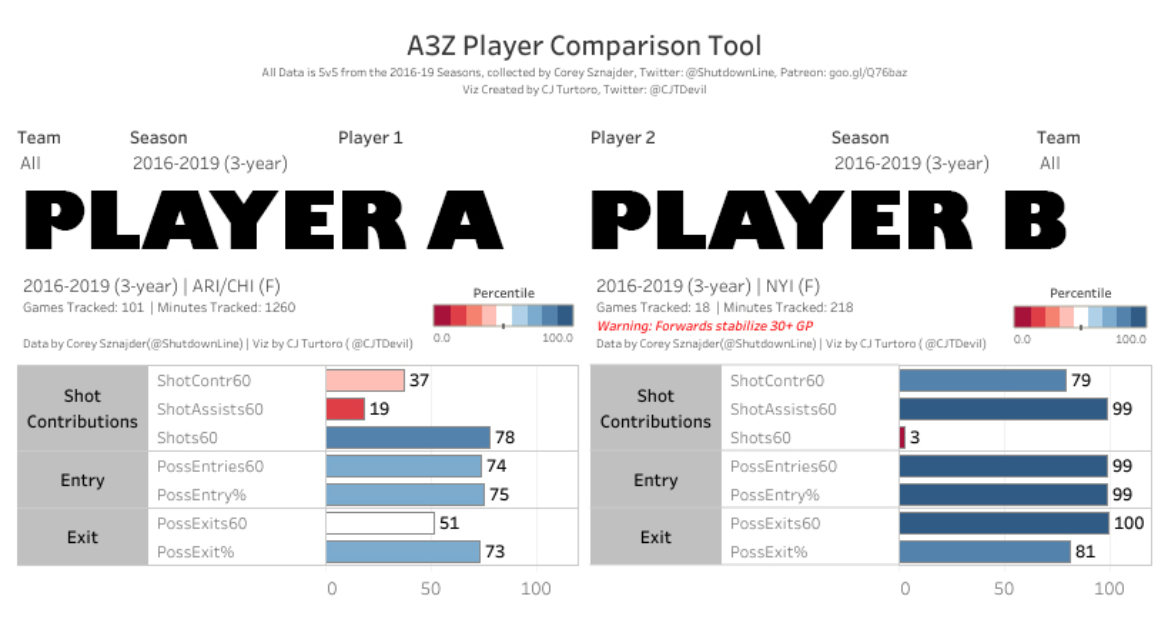How Adding a Good Transition Player Could Really Improve the Red Wings

I want to go through a fun exercise with you, one where I describe two players without naming their names. Feel free to guess in the comments. We’ll make their names “Player A” and “Player B.” Both are forwards, and were drafted in 2014, separated by only 16 selections. One can be characterized as someone who should be a top-six playmaker, and the other can be characterized as a middle-six shot generator.

Player A is playing for his third NHL team since the draft. Player B has been stuck with one team and has shown a lot of promise in few NHL games, but hasn’t had nearly as much of an opportunity as Player A. It’s not that Player B is better than Player A since their abilities are different, but more Player B has shown he is a lot better in the neutral zone and creating chances. On the same line, they might be able to compliment each other well on the Red Wings if GM Steve Yzerman chooses to acquire Player B.
To start, Player A isn’t the best in terms of his neutral zone abilities. If you’re familiar with the All Three Zones Project, Corey Sznajder has been tracking how players exit the defensive zone and/or enter the offensive zone, and Player B has been one of the better players in the NHL from 2016 to 2019 in entering the offensive zone with possession of the puck. Furthermore, Player B doesn’t generate a lot of shots, but Player A can shoot the puck often.

What you’ll also notice is that Player B is better than Player A in terms of possession exits. It’s a much better way of teams maintaining possession of the puck when leaving the defensive zone, and optimizes puck possession to subsequently enter the offensive zone.

Relative to his team, Player B has been positive in terms of CF%, SF%, GF%, SCF%, and HDCF% than Player A, but that’s in a smaller sample. However, when looking at the CF%, SF%, GF%, SCF%, and HDCF% without relative stats, you can see that Player B has been consistently a lot better than Player A, with numbers consistently over 50%.

Finally, let’s talk about goals and assists. Player A has scored 76 points in 239 games, while Player B has scored 24 points in 53 NHL games. Surely that has to tell you something about how Player B has shown promise in scoring while also having advanced numbers and being a good transition player at the same time. Player A has struggled to score, and could use someone who can enter the offensive zone with possession of the puck, then pass to him in creating chances in the offensive zone.
So who are the players?
Player A: Brendan Perlini.
Player B: Josh Ho-Sang.
If the Detroit Red Wings are serious about this rebuild and want to continue to stockpile on talent, taking a flyer on Josh Ho-Sang should be explored by management. Ho Sang will be an RFA at the end of this season, and despite not playing this season because he has been poorly treated by the New York Islanders organization, he is an electric talent who deserves better, and has been a victim of implicit racial bias in hockey. Brendan Perlini won’t be a star if the Red Wings acquire Josh Ho-Sang (via trade or offer sheet), but with Ho-Sang’s ability to pass the puck to create chances, Perlini could score more goals than his career high of 17, while the NHL can be reacquainted to how good Josh Ho-Sang is.
For more of a breakdown of Josh Ho-Sang’s game, and how he’s been miscast as a “defensive liability” or a “selfish player,” you can see how that is debunked with the video breakdown below.
Recent articles from Matthew Henriques





